Rethinking Physical Education: How Teachers Are Positioned in Models-Based Practice
By Risto Marttinen | Featuring Robin Fjellner
What happens when PE teachers are viewed as technicians versus craftspeople? That’s a central question behind a recent Physical Education and Sport Pedagogy article co-authored by Robin Fjellner, Dean Barker and Valeria Varea from Örebro University in Sweden. I sat down with Robin on the podcast to dive deep into his scoping review titled "How Physical Education Teachers Are Positioned in Models Scholarship."
This blog recaps our conversation and the research that’s challenging how we think about models-based practice in physical education (PE).
A PhD Project Born in a Pandemic
Robin’s journey into this research started in a way many of us can relate to—during the early days of the pandemic. With limited access to schools, he turned inward, using the time to explore the existing literature on pedagogical models in PE. What started as an attempt to analyze key concepts in model-based scholarship turned into a broader project: mapping how PE teachers are positioned in this research.
“Some literature treated teachers like technicians, expected to apply models with fidelity. Others saw them more as craftspeople—adapting models to suit their local context. That ambiguity really caught my attention.” — Robin
The Method Behind the Mapping
Robin used a scoping review—a method that was new to him at the time but allowed him to include empirical research, theses, conceptual papers, and books. He credits a colleague, Annika Caldeborg, for introducing the method, and his supervisors Dean Barker and Valeria Varea for pushing him to think critically about teacher positioning.
What stood out? Robin identified eight distinct ways teachers are portrayed in the literature, ranging from “resistant to using models” to “collaborators with researchers.”
The 8 Ways Teachers Are Positioned
Resistant to using models
Incapable of using models correctly
Mechanical reproducers of models
Struggling implementers of models
Needing models to change their practice
Capable of using models with support
Adapters of models
Collaborators with researchers
“It was interesting to see how some of the most common portrayals are actually quite limiting—especially the idea of teachers as mechanical reproducers.” — Robin
The Tension: Fidelity vs Flexibility
One key critique in the article is how models have historically been framed with rigid “non-negotiables.” Robin and his team argue that this mindset may hinder innovation in teaching and that scholars such as Metzler, Casey and Kirk might have intended a wider adaptation of models.
Using John Dewey’s theoretical lens, they suggest that models should be tools, not templates—supportive, not restrictive. Dewey’s critique of the theory-practice divide helped the team interrogate whether the literature was boxing teachers into narrow roles.
“We want to support teachers, not tie one of their hands behind their backs.” — Robin
Missing Voices: Non-Struggling Implementers
One surprising insight? Most of the literature focuses on teachers struggling to implement models—yet Robin and others have witnessed examples where teachers thrive with little difficulty. This “non-struggling implementer” is a missing character in the current research narrative. The gaps in the literature are an overlooked aspect that the team would have spent more time addressing, in hindsight.
“Why don’t we hear more about teachers who just get it? There’s room to explore success stories, too.” — Robin
The Review Process: Behind the Scenes
Getting the paper published wasn’t without its challenges. After the peer review, Robin discovered the reviewer was none other than Ash Casey, a leading scholar in the models-based practice field—and someone Robin had cited heavily!
Ash pushed the authors to demonstrate how scholarship evolves over time, something the team was unable to do but had to acknowledge to get the paper published. The back-and-forth was rigorous but resulted in a more thoughtful, nuanced paper.
“It wasn’t easy, but in the end, it made the paper so much better.” — Robin
Looking Ahead: Teaching Models as Verbs, Not Nouns
The takeaway? We should think of “modelling” as a verb, not a noun. It’s about adapting, interpreting, and reshaping models to suit diverse classrooms—not following rigid scripts.
Robin, along with other scholars like Ash Casey, argues for a shift toward principles-based approaches—a more flexible, teacher-empowering way to use models.
“Teachers should feel free to adapt. The model should work for them—not the other way around.” — Robin
Final Thoughts
Robin’s work offers a valuable contribution to the models-based practice conversation. It invites scholars and teacher educators alike to reflect on how we talk about teachers, and whether our scholarship is supporting—or stifling—their professional agency.
The full article is open access and well worth a read if you’re working in PE, teacher education, or models-based research. You can find the link in the show notes of the podcast episode or directly on the Physical Education and Sport Pedagogy journal website.
Thanks again to Robin for joining the conversation—and for helping all of us rethink how we position PE teachers in our research.
Here is the full cite to the article: Fjellner, R. L., Varea, V., & Barker, D. (2024). How physical education teachers are positioned in models scholarship: A scoping review. Physical Education and Sport Pedagogy, 29(4), 329-345.
If you enjoyed this blog, subscribe to the podcast, leave a review on Apple Podcasts, or check out other episodes diving deep into PE and sport pedagogy.

